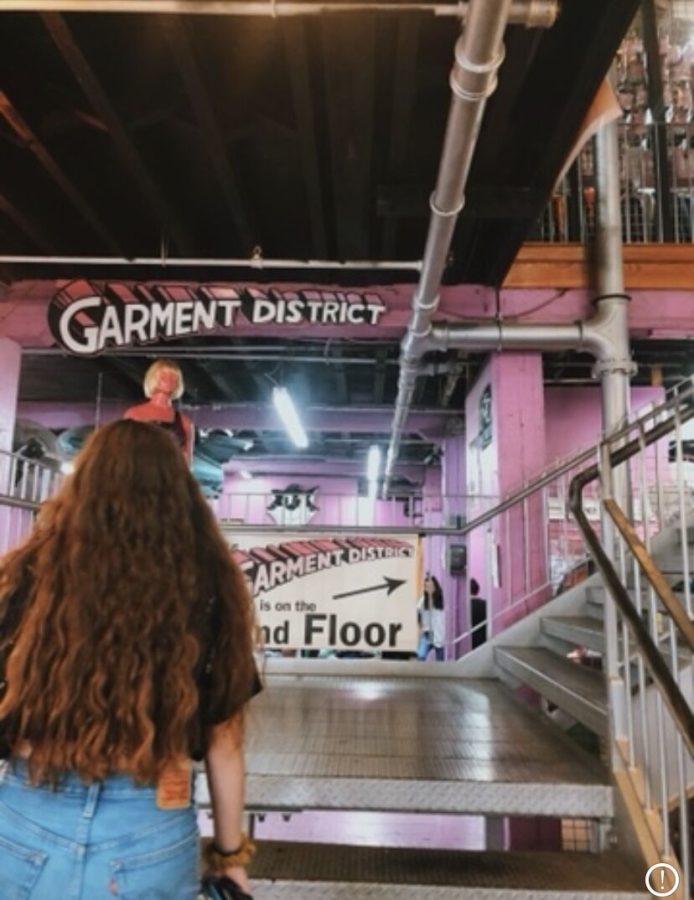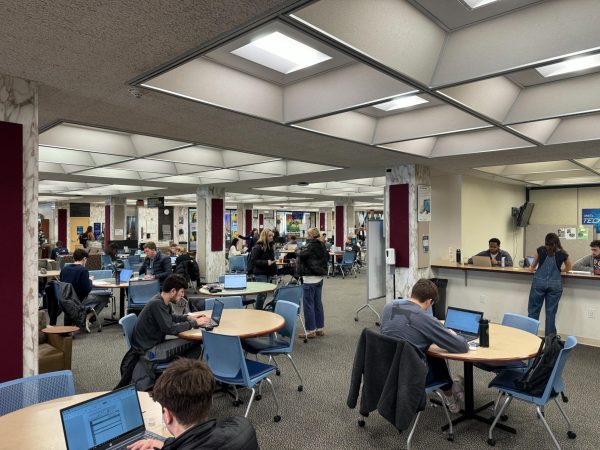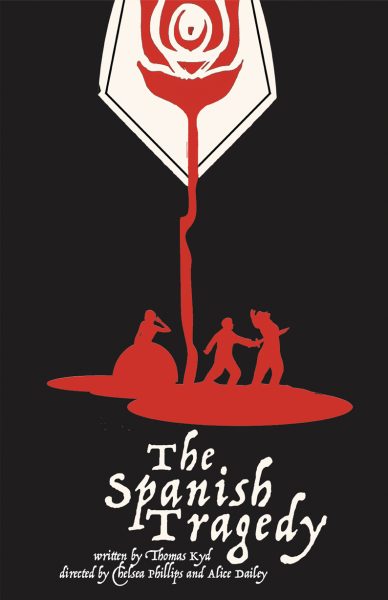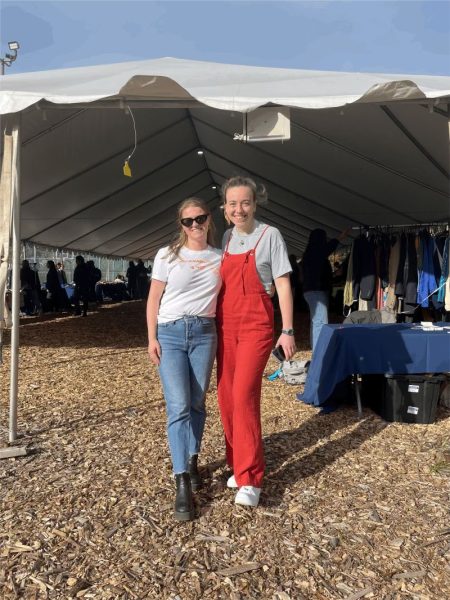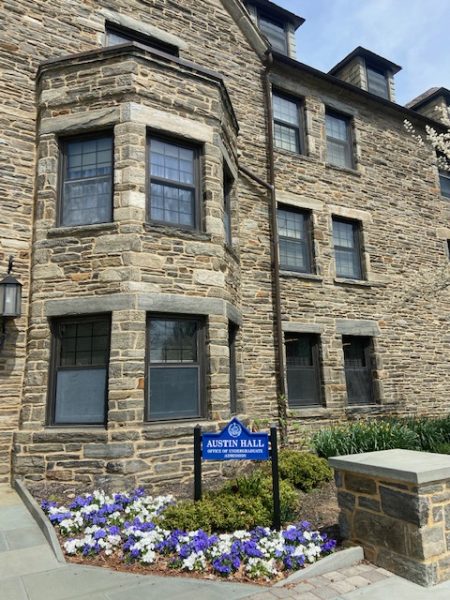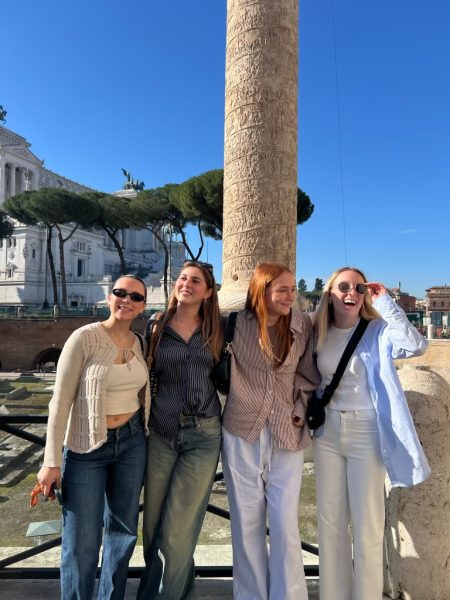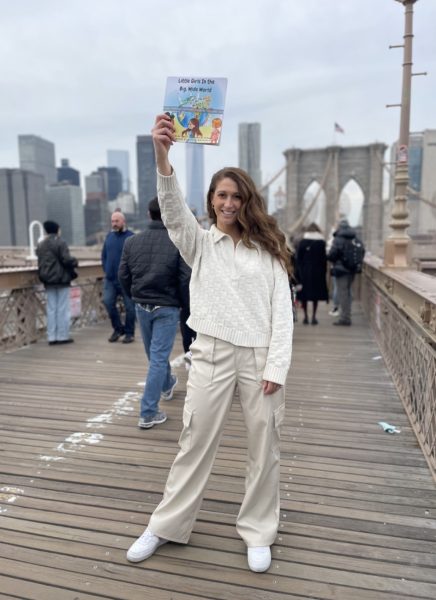The Gentrification of Thrift Shopping
The thrifting scene in Philadelphia is popular with University students.
November 11, 2020
I love thrifting just as much as the next person. The activity in itself is exciting, as many hidden treasures wait to be discovered among racks of once unwanted clothing. Thrifting is also a great way to protect our environment. As we reuse old clothes, we save the world from an increase in textile waste and limit the amount of pollution in our atmosphere.
So, if thrifting is so great, why doesn’t everyone take part? Why do we still continue to invest in unsustainable fast fashion and expensive clothing industries when we could keep our planet and wallets happy by thrifting?
Perhaps gentrification is to blame.
Gentrification is defined as the process of changing a once lower class area into a wealthier neighborhood by improving housing and attracting new businesses. While this may seem like a good thing, gentrification displaces the local working-class inhabitants as taxes increase in the area.
Now I know what you may be thinking. What does this have to do with thrifting?
Just like the gentrification of neighborhoods, a similar concept can be applied.
Thrift stores were originally created to provide poverty-stricken communities with clothing that was affordable. Recently, thrifting has turned into a trend rather than a resource.
The fad has broadened thrift goers from those who cannot afford regularly priced clothing items to millennials who can accommodate the higher prices of the fashion industry but choose not to. Because of this increase in buyers, thrift stores are starting to raise their prices, which means those who needed the low prices that once existed will need to look for clothing elsewhere. Hence, the gentrification of thrifting.
Do not get me wrong. It is not a bad thing to thrift. I simply want to bring attention to this issue and make our community aware of the negative effects thrifting can bring.
As mentioned previously, we need more people to thrift in hopes of decreasing the amount of pollution the fashion industry produces. Just do so responsibly.
There are plenty of opportunities to thrift consciously without raising the prices for those who cannot afford it.
First of all, not all thrift stores have the same pricing for their products. When looking for one to shop at, lean more towards the thrift stores that cater more towards one’s economic status. These are the places that tailor lower prices than regular traditional retailers but won’t take away clothing resources from those who need it.
Another great alternative is to pick a thrift store that gives back to marginalized communities in a meaningful way. For example, Angel Street Thrift Store uses its proceeds to provide resources and support to individuals suffering from substance abuse and mental health issues. Cure Thrift Store helps to fund diabetes research.
It is important that we are aware that for some, thrifting is a necessity, not an option. The influx of demand by more economically-advantaged people is exacerbating income inequality and effectively marginalizing under-resourced populations. Next time you thrift, be cognizant of where your money is going and what its impact will be.

